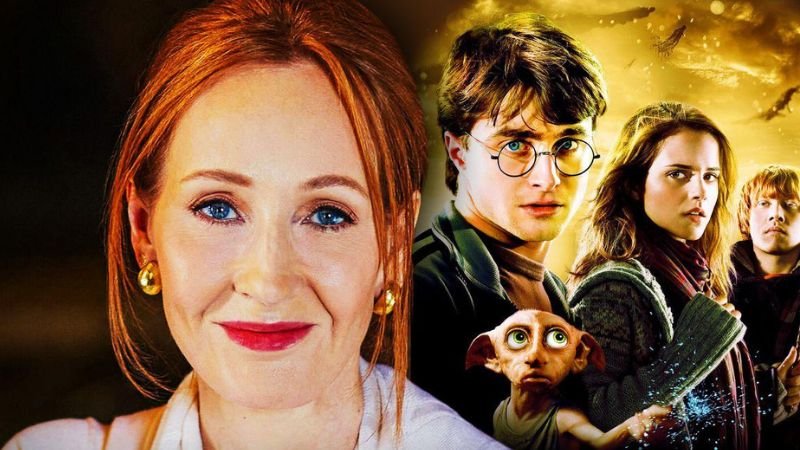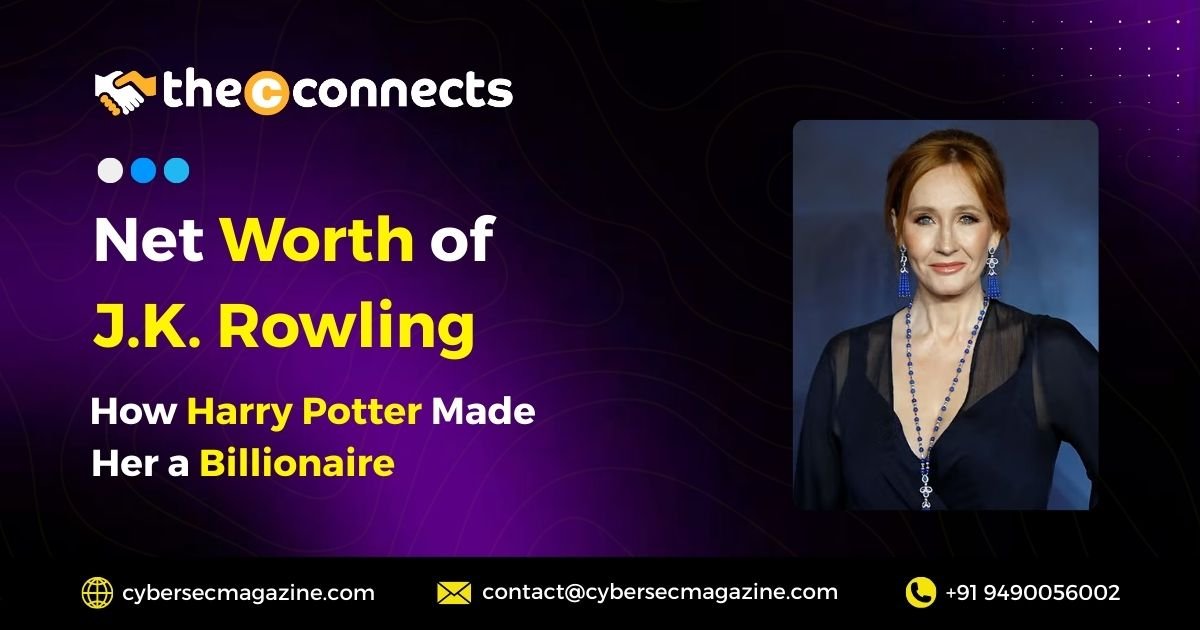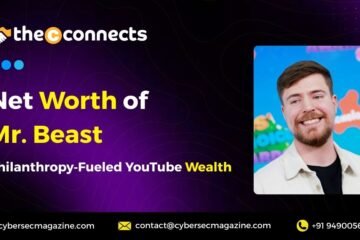When Joanne K. Rowling sat in a small Edinburgh café in the mid-1990s and sketched the first lines of Harry Potter and the Philosopher’s Stone, she could not have predicted that those words would seed one of the most valuable intellectual-property empires of the 21st century. Today, Rowling’s fortune-built from book sales, screen rights, theme-park attractions, licensing and ongoing Potterverse expansions-has again pushed her into billionaire territory, but the story of how she got there is as much about shrewd IP control and long-term brand stewardship as it is about creative luck.

The headline numbers (and why valuations differ)
Estimates of Rowling’s net worth vary depending on which assets and charitable deductions an analyst includes. In mid-2025 Forbes reported that Rowling had re-entered the billionaire ranks after years off the list, citing renewed earnings from Potterverse expansions and new media deals By contrast, the 2025 Sunday Times Rich List put her at about £945 million, a figure that reflects different valuation choices and publicly visible holdings. Both figures tell the same strategic story: Rowling owns – or retains favourable economic participation in – an IP property whose revenue streams are highly diversified and resilient.
The structural drivers of Rowling’s wealth
Rowling’s fortune is not a one-off windfall from a bestselling book; it is the product of layered monetization across formats and decades. Key drivers include:
- Massive book sales: The Harry Potter novels remain one of publishing’s modern colossi. The series has sold in the hundreds of millions of copies worldwide (official counts by Rowling’s team and publishers place cumulative sales well into the high hundreds of millions – figures often cited exceed 500–600 million copies). Strong backlist sales and periodic reissues (illustrated editions, anniversaries, box sets) keep print and digital revenue flowing.
- Blockbuster films and screen rights: Rowling sold the film rights early in the franchise’s life for a modest sum relative to later revenue, but the Warner Bros. film adaptations delivered enormous box-office returns (the eight-film series has grossed about $7.7 billion worldwide), licensing, and global brand recognition that feed every other revenue stream.
- Franchise extensions and new media: The Wizarding World has been expanded via spin-off films (Fantastic Beasts), stage productions, video games, theme-park attractions and – more recently – a long-form television adaptation that studios are positioning as a decade-spanning property. These multi-platform expansions compound value because they repurpose the same intellectual property to reach new demographics and revenue channels.
- Licensing & merchandise: From school-uniform style merchandise to collectible editions and interactive experiences, branded consumer products generate high-margin, recurring income. Licensing partnerships with theme parks, retailers and consumer-goods companies create a long tail of royalties.
- Strategic ownership and participation: Rowling’s commercial returns have been amplified by contractual terms that preserved participation in downstream revenues (royalties, profit participation and approval rights on key extensions when negotiated wisely). Her early decision-making about rights and partners-while imperfect at the start-ultimately positioned her to benefit from decades of exploitation of the brand.
Charitable giving and tax choices: why “wealth” isn’t the whole story
Rowling is also a notable philanthropist. Large charitable contributions-by many accounts in excess of tens of millions, and aggregate donations well into the hundreds of millions over time-have materially affected headline net-worth estimates and, in earlier years, even removed her from some billionaire lists. That pattern shows how charitable flows and tax treatments can create legitimate divergence between gross earnings and reported net worth. Analysts valuing wealth therefore need to account for private trusts, giving vehicles, and whether valuations include future rights or only present cash and property.
Business lessons for entrepreneurs and C-suite leaders
Rowling’s trajectory holds clear lessons for executives who care about value creation beyond quarterly revenue:
- Own the idea, but think in layers. Creative IP can be monetized across publishing, screen, live experiences and consumer products. Structure rights so you can exploit multiple windows over time.
- Long-term brand stewardship beats short-term monetization. Preserving creative integrity and a clear brand architecture enables premium partnerships and sustained customer loyalty – and that translates into higher lifetime value.
- Diversify revenue channels around a core asset. Film grosses are headline-grabbing, but merchandise, licensing and experiential revenue often produce higher margins and steadier cash flows.
- Philanthropy and reputation management are strategic choices. Generosity can reduce headline wealth but increase social capital and long-term legacy – a factor that matters for founders looking beyond exit valuations.
- Legal and contractual detail matters. Early decisions (like the initial sale of film rights) can have huge downstream financial consequences; put experienced commercial counsel around IP deals.
The future: what will keep the magic earning?
Rowling’s financial renewal in 2025 is tied to active, deliberate expansion of the Wizarding World: new screen adaptations, continued merchandising and global experiences. These are the same playbook elements that created value originally, but applied with modern, franchise-scale coordination. The long-form HBO/Max TV adaptation (and other studio deals) are particularly important because streaming and serialized storytelling unlock recurring viewer engagement and subscription economics that persist beyond single theatrical windows.
What analysts should watch
If you track Rowling’s net worth as an indicator of IP value, watch for these bellwethers: major distribution deals (especially streaming-first arrangements), licensing renewals in Asia and emerging markets, theme-park expansions, and any structural changes in her charitable trusts. Changes in public sentiment and reputational controversies can also affect brand value and partnership terms – a reminder that cultural risk is a financial variable in modern media IP.
Want this featured in TheCconnects magazine?
If you’re an entrepreneur, author or C-suite leader with a story to tell, TheCconnects can help publish and amplify your work across industry channels. Submit your article or guest post details and we’ll assist with editorial packaging and placement – reach us for immediate support: contact@thecconnects.com +91 91331 10730 WhatsApp.



